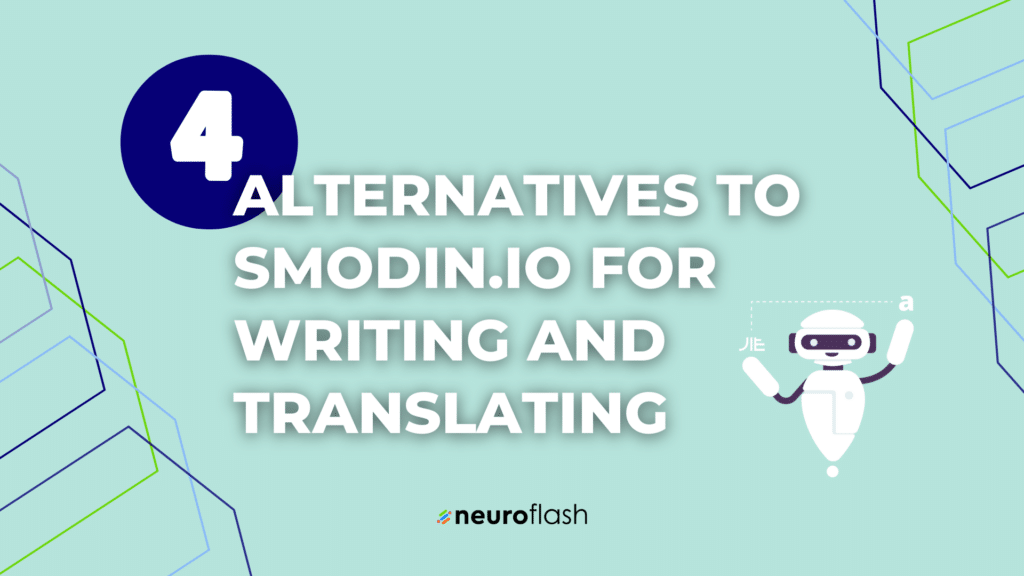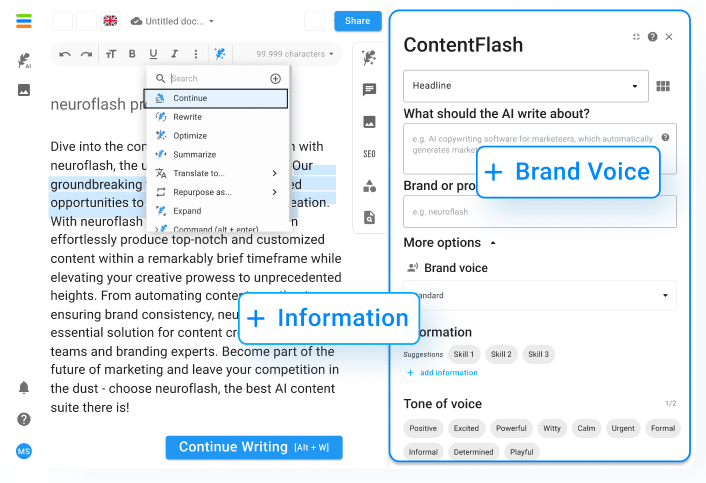Are you tired of constantly struggling to come up with new content for your chatbot? Do you find yourself getting writer’s block or spending too much time editing your chatbot’s responses? If so, you’re not alone. These are common challenges that many developers face when creating chatbots. However, there is a solution. Introducing the powerful, innovative tool of chatgpt prompts. With chatgpt prompts, you can easily generate pre-written chatbot responses based on a variety of topics, helping you save time and eliminate the stress of always having to come up with new content. In this article, we will explore the many benefits of using chatgpt prompts, and demonstrate how this tool can significantly enhance the quality and efficiency of your chatbot development process.
1. Chatbot Programming – A Beginner’s Guide
If you’re interested in creating chatbots, you might be feeling a little intimidated by the idea of programming. But don’t worry, it doesn’t have to be hard! Our beginner’s guide to chatbot programming will help you get started.
To write code for chatbot development, you’ll need to have a basic understanding of programming languages like Python or JavaScript. But don’t worry, you don’t have to be an expert. There are plenty of resources available online to help you learn. In fact, there are a lot of free examples out there to help you get started.
Once you have a basic understanding of coding, you can start creating conversational flows for your chatbot. This is where keywords come in. By using keywords, you can help your chatbot understand what your users are saying and provide them with the best possible response.
When you’re scripting your chatbot, you’ll want to follow best practices. This includes things like keeping your content simple and concise, using natural language, and testing your chatbot in different scenarios. You can also use prompts to help guide your users and make sure they’re getting the help they need.
If you’re more experienced with chatbot programming, you can start using advanced techniques to take your chatbot to the next level. This might include using chatbot platforms like GPT-3 or integrating your chatbot with other web services.
Overall, chatbot programming can seem daunting at first, but with a little help and some practice, you can create an awesome chatbot that can provide users with helpful and engaging interactions.
For more information on AI chat tools and best practices, visit this link:
2. Writing Code for Chatbot Development
When it comes to chatbot development, writing code is a crucial step. The code is what allows the chatbot to function and interact with users. If you’re new to chatbot programming, don’t worry; it may seem intimidating at first, but with some guidance, you can get the hang of it.
One option to get started with chatbot code is to use a chatbot platform that provides pre-built templates. This way, you can avoid writing code from scratch. Many of these platforms offer free or low-cost options and provide prompts to guide your scripting.
If you prefer to write your chatbot code from scratch, a good place to start is with basic programming languages like Python, Java, or JavaScript. These languages are common in chatbot development and provide the foundation for more complex chatbot programming techniques.
When writing your code, keep best practices in mind. For example, it’s important to create a structure that’s easy to maintain and update as your chatbot evolves. One way to do this is by creating conversational flows that outline the different paths a user’s conversation can take.
If you get stuck, don’t hesitate to seek out help. There are plenty of resources available online, including chatbot content examples and tutorials. By using these resources, you can improve your chatbot development skills and create new and exciting chatbots that provide users with the help they need. So, get started on writing your first chatbot today and watch as it comes to life using the power of code!.
If you’re looking for helpful prompts for chatbot programming, check out this comprehensive list of the top ChatGPT prompts tailored specifically for coders. You can learn various tasks, such as generating code snippets and debugging through these helpful resources. Top ChatGPT Prompts for Programmers with Examples
3. Creating Conversational Flows for Chatbots
Creating Conversational Flows for Chatbots is an essential part of Chatbot Programming. A conversation flow is a series of prompts or questions that help guide the user through the Chatbot experience. To create a successful flow, you need to think carefully about the content you want your Chatbot to generate. This could be anything from answering questions to providing helpful prompts.
Writing code for Chatbot Development can be tricky, but it’s important to remember to keep it simple. Using prompts and providing helpful hints can make the experience more enjoyable and less frustrating for users. For example, you might prompt users to enter a specific keyword or provide them with multiple choice answers to help guide them through the flow.
One of the best practices for Chatbot Scripting is to write in a conversational tone. This means using language that people are familiar with and avoiding technical jargon. By doing this, you can create a more human-like experience for users. For example, instead of using the word “act”, you might use the word “help” or “get”.
There are many tools and resources available to help you with Chatbot Programming. There are free web-based platforms, like ChatGPT, which can provide examples and prompts to help you create your Chatbot. Advanced Chatbot Programming Techniques can also be used to enhance the user experience by creating more personalized and engaging conversations.
In conclusion, creating effective conversation flows is a critical part of Chatbot Programming. By using simple language, providing helpful prompts, and following best practices, you can create a Chatbot that users will want to engage with. So, don’t forget to carefully plan out your flow and consider the content that you want to create..
For more guidance on getting started with chatbot development, check out our introduction to AI chat tools:
4. Best Practices for Chatbot Scripting
Chatbots are all the rage in today’s technology-driven world. They are increasingly being used to improve customer service, automate tasks, and provide personalized experiences. However, creating chatbots can be a daunting task, especially when it comes to scripting them. That’s where the best practices for chatbot scripting come in handy.
When writing code for chatbot development, it’s important to keep in mind the user’s needs and experience. For example, using prompts can help guide the chatbot conversation to create a natural flow. Providing examples of possible responses can also help users understand what types of interactions are possible.
Another helpful tip is to use simple language when scripting chatbots. This can help users understand and interact with the chatbot more easily. Additionally, using web-based platforms that provide free templates and prompts can streamline the process of scripting and coding a chatbot.
Advanced chatbot programming techniques such as using artificial intelligence and machine learning can also improve the performance of the chatbot. By using these technologies, chatbots can understand the user’s intent and provide more accurate and personalized responses.
Ultimately, creating a successful chatbot involves a combination of writing effective code, using best practices for scripting, and utilizing advanced programming techniques. So, whether you’re an experienced programmer or a beginner, keep these tips in mind when developing your next chatbot..
Creating conversational flows for chatbots is essential in chatbot programming, and using prompts and simple language can lead to a more engaging user experience. A wealth of tools and resources are available for chatbot development, such as ChatGPT, which can provide examples and prompts for guidance. For more tips on using ChatGPT effectively, check out this ultimate list of 110 best ChatGPT prompts at Beebom.
5. Advanced Chatbot Programming Techniques
Chatbots have revolutionized the way we communicate with technology. They have become an important tool for businesses in providing better customer service and user experience. The fifth headline, Advanced Chatbot Programming Techniques, delves into the details of how to create sophisticated chatbots that can simulate human-like conversations.
To write top-quality chatbot scripts, you need to be knowledgeable about programming languages. The use of programming languages depends on the platforms you are building for. Thanks to high-level libraries like the Natural Language Toolkit (NLTK), you don’t need to be a proficient coder to get started. You can write simple scripts to help your chatbot generate appropriate responses using keyword-oriented and rule-based programming techniques.
Another crucial aspect of chatbot development is providing conversational flows. Conversational flows are a set of predefined chatbot responses to questions, comments, and even emotions from users. Creating conversational flows requires a good understanding of the user’s needs and preferences. With NLP techniques, chatbots can identify users’ intents and provide relevant and personalized responses.
Writing the best chatbot scripts require creativity, attention-to-detail and the right tools and resources. There are several resources that can aid you in your chatbot development journey. Many free and paid chatbot tools are available, so you can get a head start instead of writing from scratch.
In conclusion, advanced chatbot programming techniques involve writing good chatbot scripts, providing conversational flows, and using the right tools. Writing quality chatbot content requires a good understanding of the user’s intents, preferences, and language. By following best practices and using these techniques, you can create chatbots that help you automate tasks, provide customer service, and make your business more efficient and effective..
Useful tips
- Tip 1: Make sure to understand the chatbot’s purpose and context before writing code. This will help you determine the necessary prompts and responses for the chatbot to function smoothly.
- Tip 2: Use natural language processing (NLP) to enable the chatbot to understand and respond appropriately to user inputs. NLP can also help in handling variations in language and typos.
- Tip 3: Keep the prompts simple, clear, and concise. It’s important to not overwhelm the user with too many options or convoluted sentences.
- Tip 4: Test the prompts and responses thoroughly to ensure that the chatbot is functioning as intended. This can be done through various testing methods such as A/B testing and user testing.
- Tip 5: Use a conversational tone to make the chatbot feel more natural and engaging to the user. The prompts should mimic a real-life conversation rather than feeling robotic.
Other People asked
What are chatbot prompts?
Chatbot prompts are pre-defined messages or questions that are used to guide a chatbot conversation with a user. They are a key element of chatbot design since they determine what the chatbot says or asks next based on the user’s responses. Typically, prompts aim to elicit certain information or actions from the user, provide helpful suggestions, or simply keep the conversation going.
How do chatbot prompts work?
Chatbot prompts work by presenting the user with a series of questions or statement options, which allows them to guide the conversation towards more relevant and useful information. Depending on the user’s response, the chatbot will then offer a new prompt or action, or redirect the conversation towards a different branch. Effective chatbot prompts always take into account the user’s context, preferences, and previous interactions to provide a personalized and engaging conversational experience.
What is the difference between static and dynamic chatbot prompts?
Static chatbot prompts are pre-written messages or questions that are predetermined and don’t change based on the user’s response. They are often used for simple informational purposes or to provide context at the start of a conversation. Dynamic chatbot prompts, on the other hand, are customized based on the user’s message, context, and intent. They can be more complex and provide personalized responses based on the user’s input, creating a more natural and informative conversation.
How do you design effective chatbot prompts?
Designing effective chatbot prompts requires a deep understanding of user needs, preferences, and behavior. Some key guidelines include keeping prompts clear and concise, using natural and conversational language, designing for a range of possible responses, offering multiple options for answers, personalizing prompts based on user behavior and data, and testing and iterating frequently to optimize the conversation flow.
Can chatbot prompts be translated into other languages?
Yes, chatbot prompts can be translated into other languages to enable multi-lingual conversations. However, translating prompts requires more than just a simple word-for-word translation, as different languages and cultures may have different nuances and preferences for communication. To ensure that the prompts are translated accurately and effectively, it is recommended to work with a professional translation service and to conduct user testing in the target language to ensure a seamless conversational experience.
Related Questions
Can I use ChatGPT to write code?
Yes, you can use ChatGPT to write code. However, it is not specifically designed for coding tasks, so you may need to use specific prompts or provide it with programming language context to generate accurate code.
What are some good prompts for ChatGPT?
There are many prompts you can use to generate interesting responses from ChatGPT, including asking questions about specific topics, giving it a topic and asking for it to generate related ideas or phrases, or asking for creative writing prompts. Some examples include: “What is your favorite book and why?”, “What is the meaning of life?”, “Can you give me some tips for becoming more productive?”, or “Can you come up with an interesting story idea for a screenplay?”
How do I prompt ChatGPT for programming?
To prompt ChatGPT for programming, you can try using specific programming language context in your prompts. For example, you could ask, “Can you generate code for a Python program that reads data from a CSV file?”, or “Can you write a Java program that finds the highest value in an array?” Providing specific programming tasks or challenges will help ChatGPT generate more accurate and useful code.
How do I ask ChatGPT to write code?
You can ask ChatGPT to write code by giving it specific coding prompts or challenges. For example, you could ask, “Can you write a script in Python to scrape data from a website?”, or “Can you generate code to implement a linked list in C++?” Remember that ChatGPT is not specifically designed for coding tasks, so you may need to provide additional information or context to help it generate useful code.
Conclusion
In conclusion, ChatGPT provides an efficient way to streamline the process of writing code by integrating it with conversational AI. With its user-friendly interface and natural language chat prompts, users can easily communicate their coding requirements and receive automated suggestions and corrections. The article highlights the various benefits of using ChatGPT, such as faster code writing, increased accuracy, and better learning outcomes for novice coders. Additionally, the technology could also be used for debugging and code optimization in real-time. Overall, ChatGPT serves as an innovative tool for simplifying the coding process and accelerating application development. Its main learning is that technology advancements such as this are critical to empowering developers with tools that enhance productivity and efficiency.


















